The beauty was created accidentally. Today, I completed a small painting by mixing acrylic and watercolor. I made a butterfly out of acrylic with my child, and when I saw the red paint, I thought I would like to draw a red flower. Sometimes I don't intend to and sometimes I want to let the paint smear or paint according to the intention of the paint, which is not my power. The red flower picture below is a mark made by the facing sides of two papers. It creates a natural and beautiful pattern, like a butterfly's wing pattern, sometimes like a leaf, or a petal pattern. The mountain below is made by catching the patterns that occur naturally after crumpled paper and paint on the crumpled side. I love this unintended naturalness. And if possible, I want to draw pictures easily using this unintentional naturalness. The paints make their own way, shape themselves, and even foretell what the future will look like. The thoughts that come to my head sometimes come to my mind like an inspiration, like a picture that naturally creates shapes. The picture below is one of those inspirations. The inspiration that came to mind became the following sunflower series. And based on that inspiration, I also create a series of seas like paintings of the seas that I recently completed. When inspiration strikes my heart, I want to run to the studio right away. When I make these invisible inspirations visible with a brush, I myself can directly face the reality of the imaginary in my head and my mind directly. I love art that makes these invisible inspirations visible.
0 Comments
Sunflower painting with three feelings Today, I completed three feelings of sunflowers. Especially Koreans like sunflower paintings. The yellow of sunflowers is similar to the color of gold. Above all, the bright yellow light and the energy of its color illuminate the dark surroundings like a candle, giving the impression that everything will be well and well in the future. I mainly drew sunflowers with acrylic and digital, but this time I tried with watercolor. 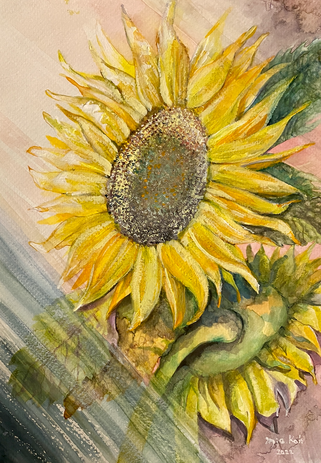 For the first time, sunflowers are seen moving in the wind and rain. The sun is shining, but suddenly the clouds come and it rains. The sunflower in the picture keeps her head fixed desperately toward the sun. Sunflowers know. The rain and wind will pass in an instant and the brilliant sun will rise again. The wind blows, but like the flower language of pride, the sunflower keeps its place and never retreats. The sunflower that survived the storm is covered with scars here and there. But the bright pink sun shines, and the yellow sunflower keeps its place even more beautiful. And finally the season of the bright sun has come. The sunflowers again tilt their heads towards the sun. Brilliant light pours down over the sunflowers. The yellow symbolizes happiness, warmth and sunshine in most cultures and these are characteristics of the yellow sun and its effects. Above all, yellow attracts people's attention at once because of its strong and vivid energy. In other words, it has a unique aura to gather energy dispersed outside into one. The closer you get to yellow, the more you can focus on your inner self, away from the complexities of your surroundings. This characteristic of yellow is actually contrary to the behavior of sunflowers. Sunflowers mainly orient towards the sun. In fact, it is not the sunflower flower that follows the sun, but the upper part of the stem before it blooms. Sunflower stem ends face east in the morning and west in the afternoon at sunset. Sunflowers, which are heavily influenced by the outside like this, ironically have a yellow color that gathers energy inside. Personally, I feel like maybe the sunflower wanted to make the energy of the sun its own. Maybe that's why the yellow color of sunflowers feels the energy of the sun. Sunflowers like this seem like a good analogy to a pattern in life. We, who are constantly being influenced by external influences, also want to make it our own energy. But it's not always the sunny day. Sometimes you have to stand up for yourself and create energy without relying on the sun.
Sunflowers are handling this process so well. When I look around, I realize that even a little sunflower has a lot of life lessons. The colors of the sea What I've been focusing on lately is working on the sea. I recently completed a three-color sea painting. This year, as an experiment, I have been drawing small-sized watercolor paintings with $1 water color paints. This project started with the question mark of whether it is possible to create an environment where anyone can draw with just white paper, a brush, and a dollar. I hope that it will be an opportunity to tell someone that the barriers to entry are still high when it comes to purchasing art materials and painting, so poor children will not give up on becoming artists. Although it is a $1 watercolor paint, it was not too difficult to draw the color and temperature of the sea. I just want to inform you that I used the water color ground white for the wave part.
The color of the sea changes in an instant due to the angle of the sun's reflection and the color of the sun changing every moment. Occasionally the sea shows numerous color changing events: yellow, purple, gray, pink, gold, indigo and more. This is a truly one-of-a-kind art show that we can watch every day without paying anything. J.M.W. Turner(1775-1851) exhibition, Museum of Fine Arts Boston. I went to the exhibition of William Turner, an English painter who best expressed light, the movement of the sea, historical life record and the energy of nature in the 18th century. The exhibition is being held as a special corner at the Fine Art Museum in Boston. Joseph Mallord William Turner RA, known in his time as William Turner, was an English Romantic painter, printmaker and watercolourist. He is known for his expressive colourisations, imaginative landscapes and turbulent, often violent marine paintings. Now I don't need a vaccine pass and even have to wear a mask. For the first time since the pandemic, I went to an art museum comfortably. As I am a person who draws, the small studies and sketchbooks of the painter caught my eye more than the hanging pictures in the first time. An artist's day is to draw a picture every day and to ponder how to express an object or phenomenon with a picture every hour. William Turner, too, used to draw and contemplate and explore new techniques every day. The reason I like William Turner's paintings is that he paid attention to movement and energy. I like paintings that have some kind of energy rather than static beauty. Through his artworks, I can feel the temperature, movement, and emotion. If I look at Turner's sea, it seems as if I can sometimes hear the sound of the cold waves hitting the side of the ships. It's like watching a movie. Sheerness as seen from the Nore(1808). Turner's mastery of marine painting rests in his ability to capture the movement and energy of water. White-cappped waves undulate across the sea's surface. Turner had no formal education. He had a miserable childhood with his father, who was a barber, and his mother, who had a mental illness. However, he was self-taught, studying poetry, classics and Greek mythology. Such liberal arts and knowledge in the humanities can be easily confirmed by looking at the titles of his paintings. The picture below is a painting titled Snowstorm and was painted in 1812. It was painted by imagining the scene of Hannibal and his army crossing the Alps. The best thing about Turner's exhibition was that I was able to compare Turner's oil paintings and watercolors And I could see his delicate touch that made it possible to feel the beauty, mystery, and warmth of light from sun that fills the space with the dramatic effect of light and darkness. After years of research and study, Turner has finally developed his own original painting technique. He did not stop at realistically describing what he saw, but turned the landscape itself into a light-filled expression of his own romantic feelings. My children often go to art galleries with me. Paintings are a good channel for me as a parent to show the world to my children without fear and prejudice. Turner said. “If I paint a blizzard, I don’t paint it so that the viewer understands it. I just want to show what the scene was like.” He wanted to get closer to nature. The nature he felt was not an appearance, but a phenomenon. In 1842 he experienced a storm while visiting the Netherlands. He wanted to feel and experience directly the ever-changing natural phenomena with his whole body in the midst of a storm. He tied himself to a ship's pole and painted the scene of the storm. He had a passionate artistic soul that truly gave me goosebumps. Turner's work was romantic and realistic, heralded Impressionism and profoundly influenced Expressionism. Among the paintings hanging in the exhibition hall, there are works that delicately depict historical sites, but there are also many paintings that are sometimes drawn like abstract paintings like the light sketches below. It seems difficult to fully understand his work. The best thing about visiting an exhibition hall or art museum is that you can see the paintings up close. The pictures taken as a photograph can only be appreciated by the overall long-distance view. If you look at the picture up close physically, it becomes easier to recognize the picture closer Through this exhibition, it was meaningful to be able to directly check the details of the slave ship. Slaves bought from Africa fell ill and died during their long voyages in unfavorable conditions. The vicious slave traders then threw the dead or sick slaves into the sea, leaving only the healthy slaves. The sea looks like a huge hell. Whenever I look at this picture, I always wonder what the white object in the left corner is. Compared to his efforts to capture even the traces of the wind on the canvas, the figures are drawn vaguely like modern abstract paintings. There are no facial expressions of people staring at something, dreaming and looking at them in horror, but I can read their emotions from the vague boundaries. Personally, I think Turner was more obsessed and focused on the energy it shows, rather than just focusing on the beauty of light. I think that is the reason why you can feel the temperature when you look at his light. Venice with the Salute, about 1840-45. The monumental Baroque church of the Salute, with its great dome, dominates the entrance to Venice's Grand Canal. Turner probably focused on this landmark in hopes of finding a buyer. He left the work unfinished, however, barely defining the buildings on either side; water, land, and sky mercy. The extraordinary, shimmering forms evoke the paradox of dense fog on a sunny day. (Reference by interpretation of the exhibition)
Today, I visited Mills Pond Gallery to deliver a picture to hang on the member showcase. Artist statement for Members showcase in Mills Pond Gallery. The artist statements written for this group exhibition are as follows as below. Before anything else, I think 2022 will be a meaningful year to fill in this shortcoming. Actually, ten years had passed since 2011, when I made my first debut at the Poly Gallery in Karlsruhe, Germany, and now it is time to prepare for another jump. In theory, after ten years of debuting in any field, there is margin and understanding to get out of a relatively narrow perspective and see a general and long-term view of any situation. Many things happen between the painters who have been walking on an unparalleled path for the past ten years. The way in my case was this: At first, like first love, I start with excitement and a pure heart. Then I discover that this path requires patience and a long walk. I run because I want to walk faster or get there quicker than others when that happens. And then, from time to time, I must go through trial and error. But there is always a great lesson in failure and trial and error. As I learn these lessons and reflect on them, the best solution is to return to the beginner's mind. The passion comes back. A tired gait becomes lively. With a sincere heart, I pick up the brush again and paint. The painting at this time is not something that arouses awe and admiration from others but is drawn for oneself, exactly saying, for myself. I draw to the extent that I understand and am satisfied with myself. When I draw, I get comfort from pictures. In doing so, I realize that painting is not just a skill, a discipline, or a tool, but life itself. I have become humbler. And when I get that realization, I find myself no longer impatient. Just as I don't have to say I'm this great in life, I also realize that I don't have to show off that I'm so good at drawing. As I understand that painting is just a window that shows what I want to show, I gradually become freer. In this regard, I chose the material with a heart of starting over. That's one-dollar watercolor paint. I hope that everyone can easily access paintings, receive comfort, and have fun through pictures. Mainly, I would like to express myself freely and free from the pressure of the most expensive art materials. The subject of the drawing is inspired by everyday life. Therefore, the daily topic changes every day. In this first offline member exhibition, I would like to show you one of them, "Two moving fish." The work submitted for this group exhibition is moving two fish. Based on the oriental "yin and yang " theory, I drew the movement of red and blue beta fish.
Yin-Yang is the framework of the idea that all things exist based on the understanding of natural phenomena, with the energy of heaven above and the energy of the earth below. Since the shape and basis of all things can be understood as the energy of yin and yang, it was believed that the changing and developing phenomena were also made by the sympathy of the two energies of yin and yang. To the theory that the other two energy are born, grow. Then die through confrontation and sympathy. They have a particular cycle, complement each other, weaken, and dominate. Everything in the universe changes through mutually complementary actions, and order is restored, maintained, and evolves. My art is expressed based on this theory. In other words, I believe that light does not determine the beauty of an object but that the energy of the object itself determines its beauty. Therefore, the art I pursue is always to explore these energies. If things are inherently beautiful, it is because of their inner energy and not external factors. Therefore, as long as I capture that energy, I will be able to express the object's beauty well. Ultimately, if I can express this vital energy, there will be no need for splendid external lights, artificial lights, or dazzling colors. I just need to feel and catch the waves of energy. Personally, I am delighted to show the moving two fish created as part of one of these processes on display at the Mills Pond Gallery in my local area. You can also see my other works on the website below. https://www.annakoh.com |
Myungja Anna KohArtist Categories
All
Archives
July 2024
|
Proudly powered by Weebly

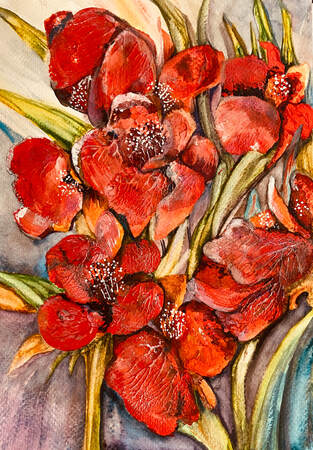
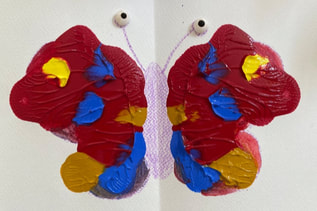
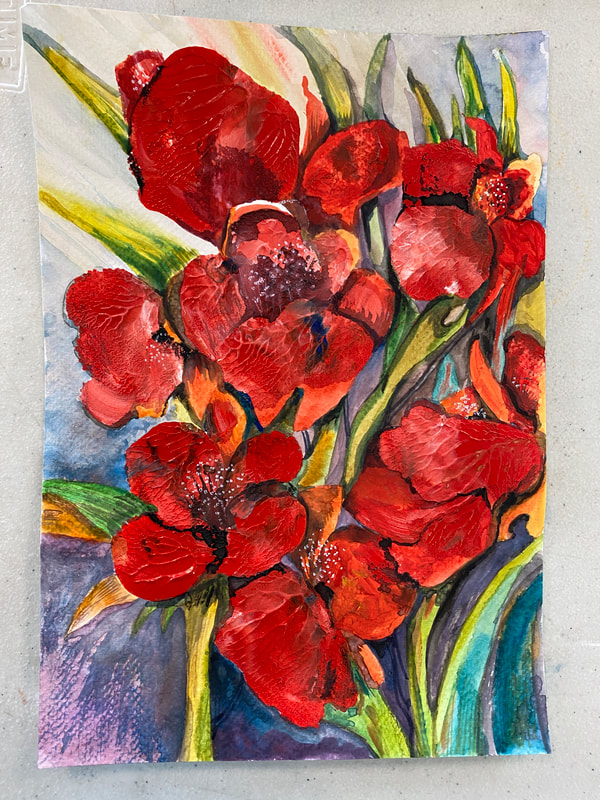
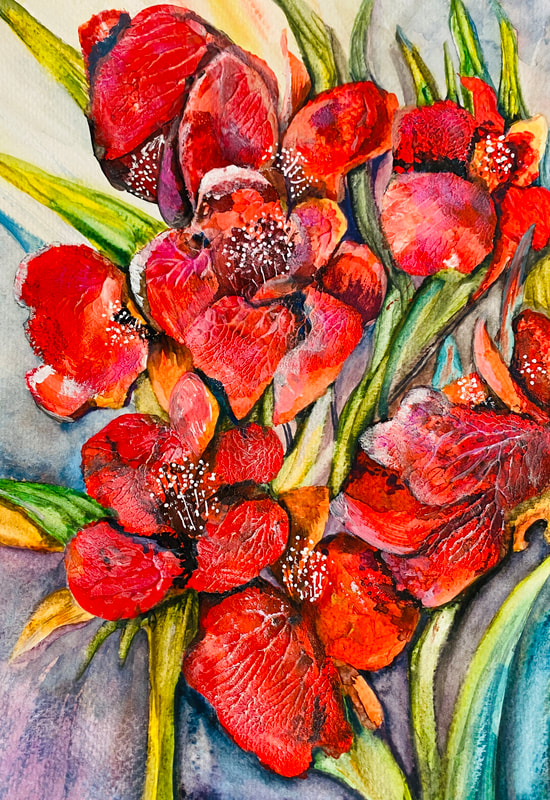
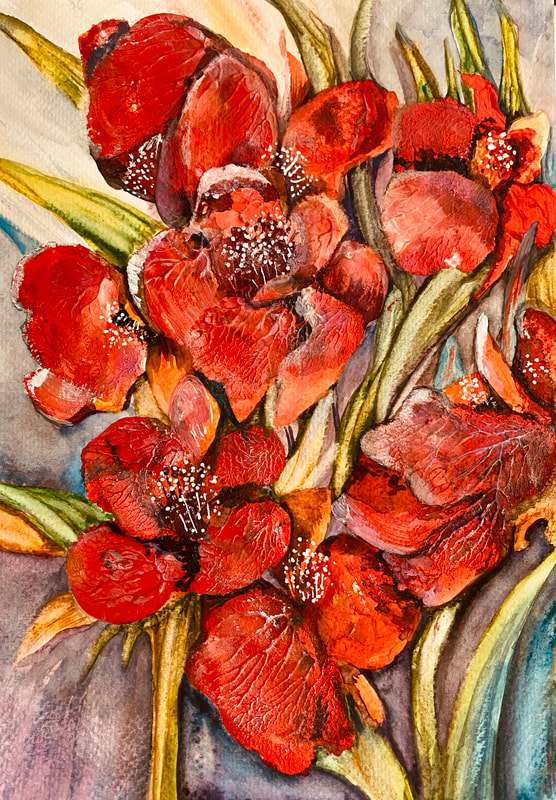
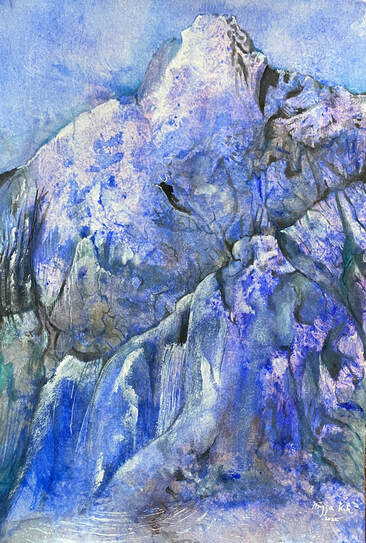
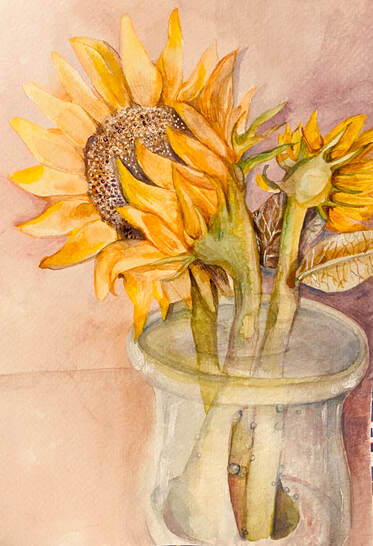
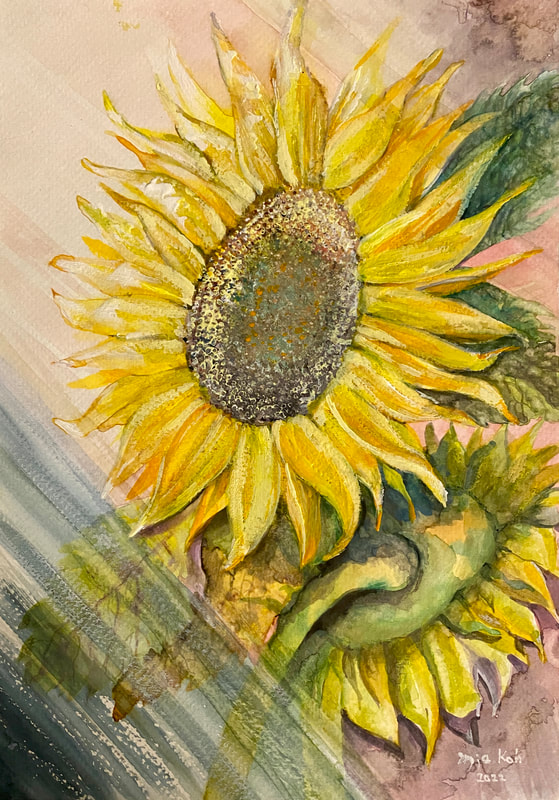
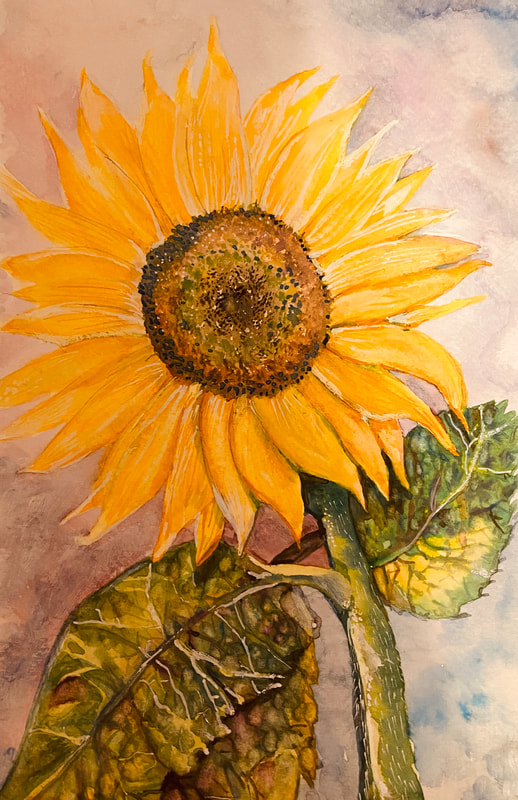
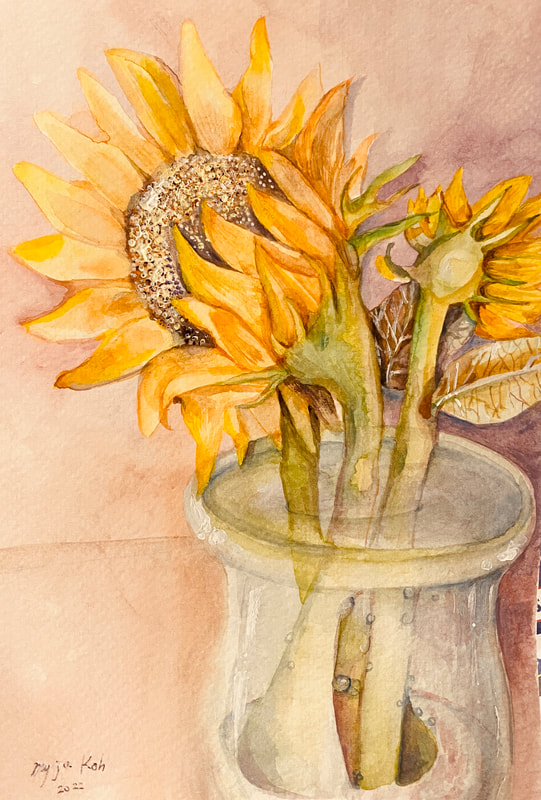
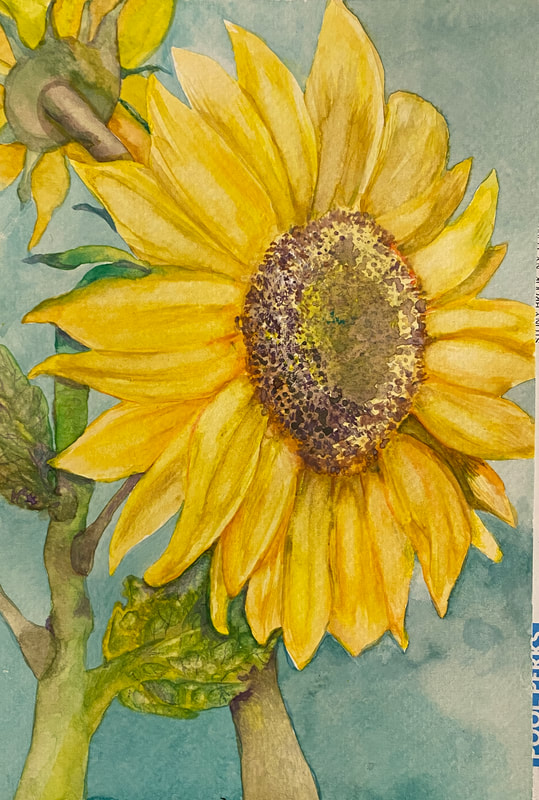
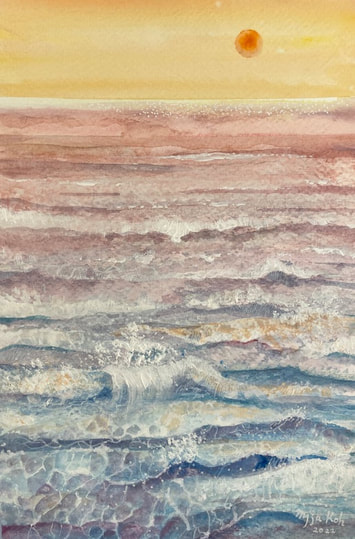
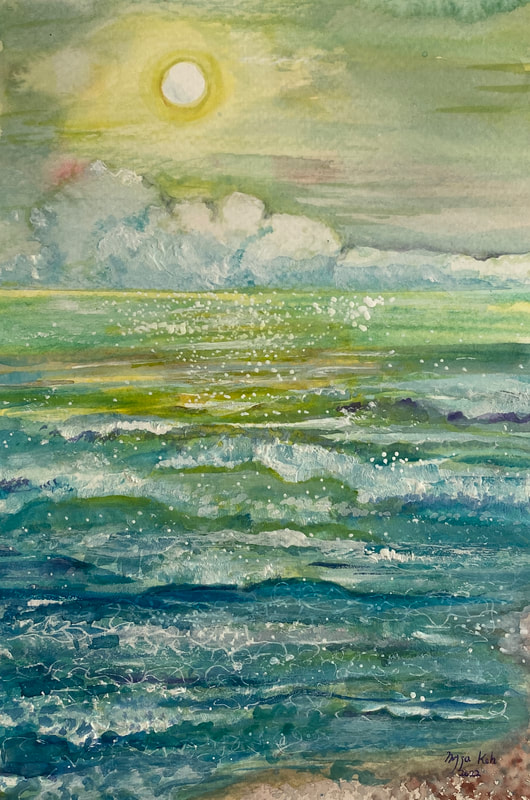
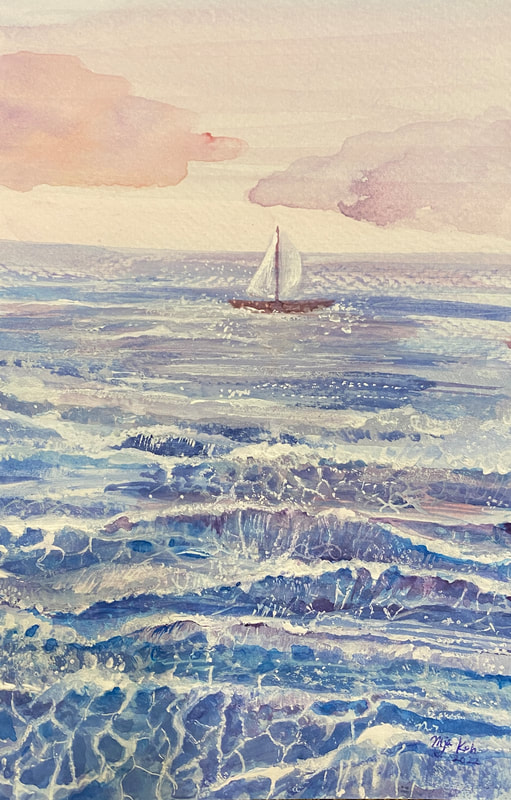
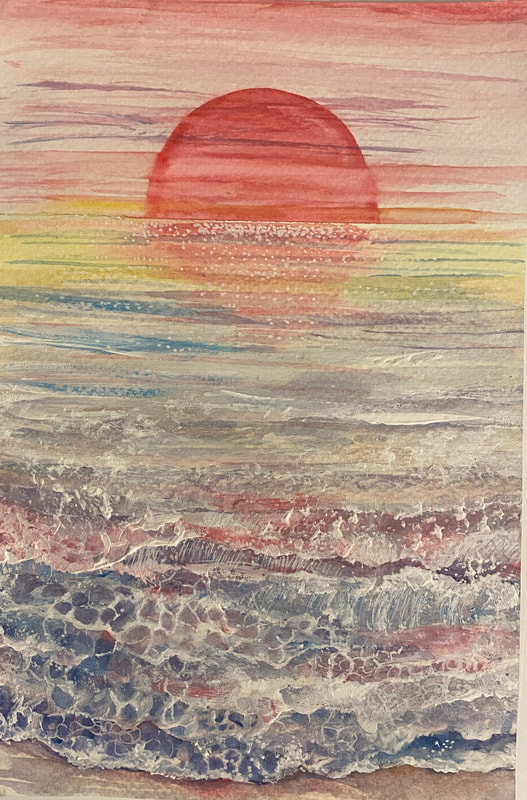
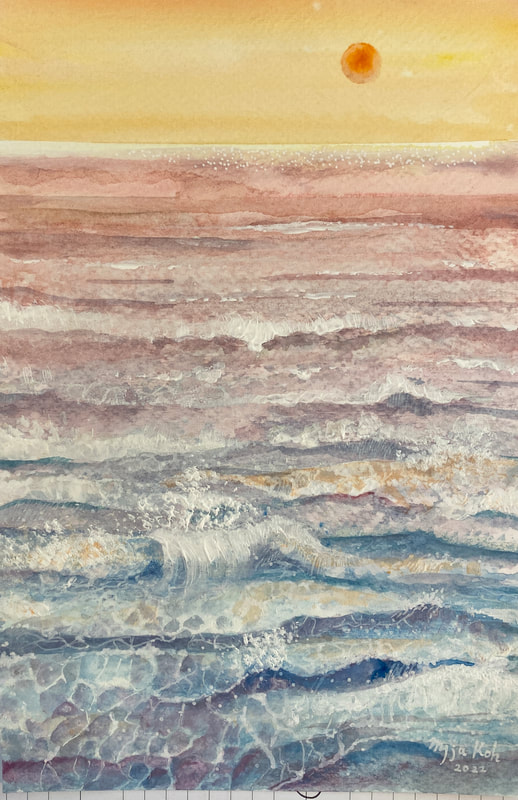
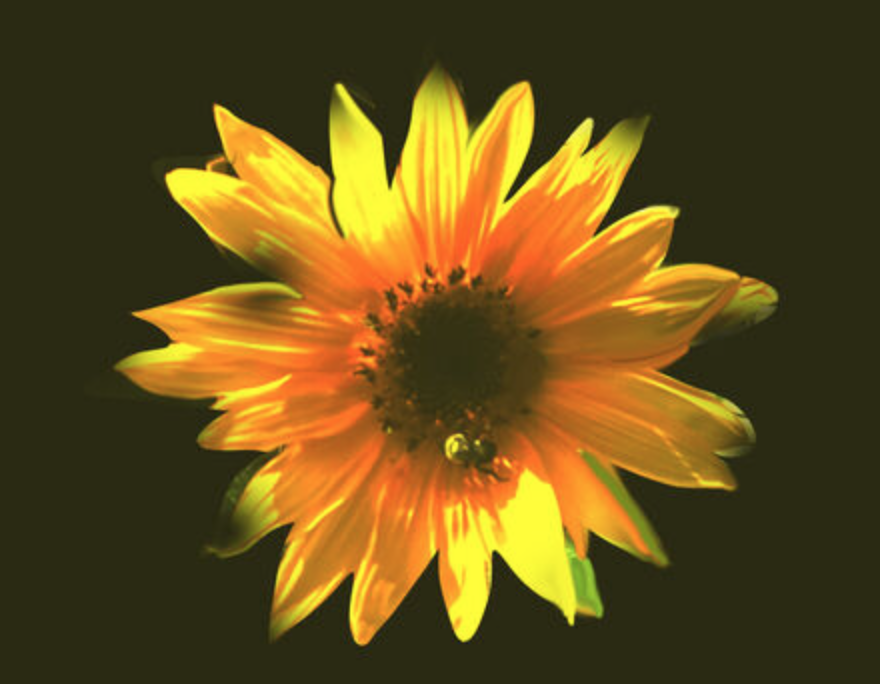
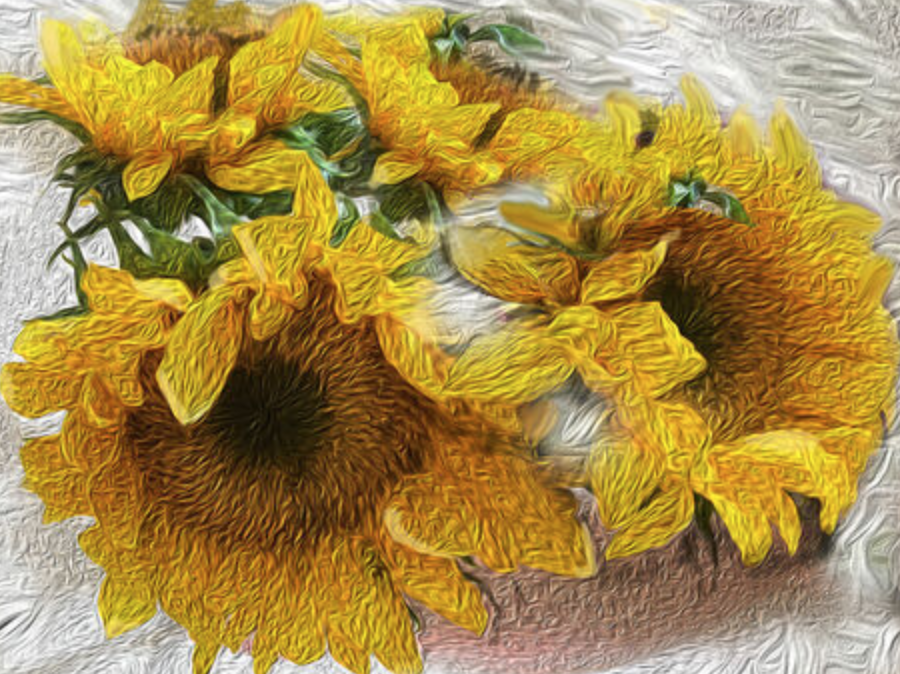
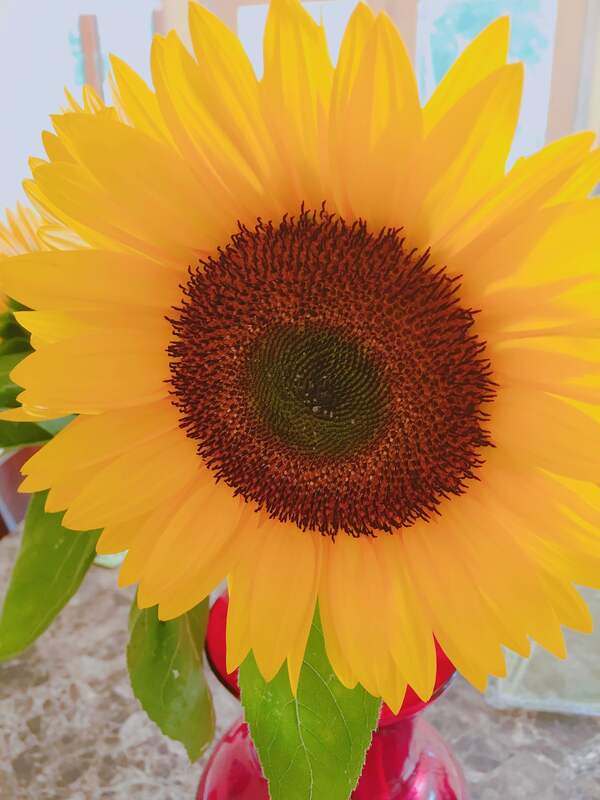
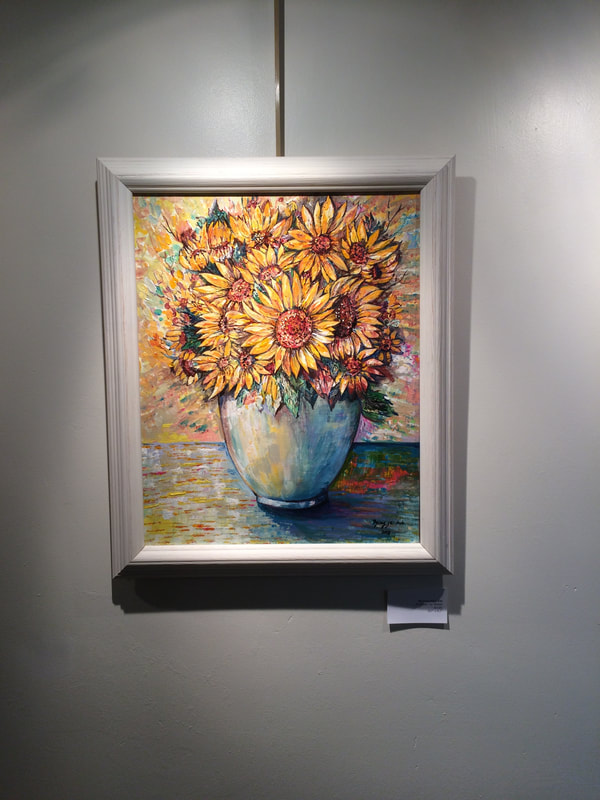
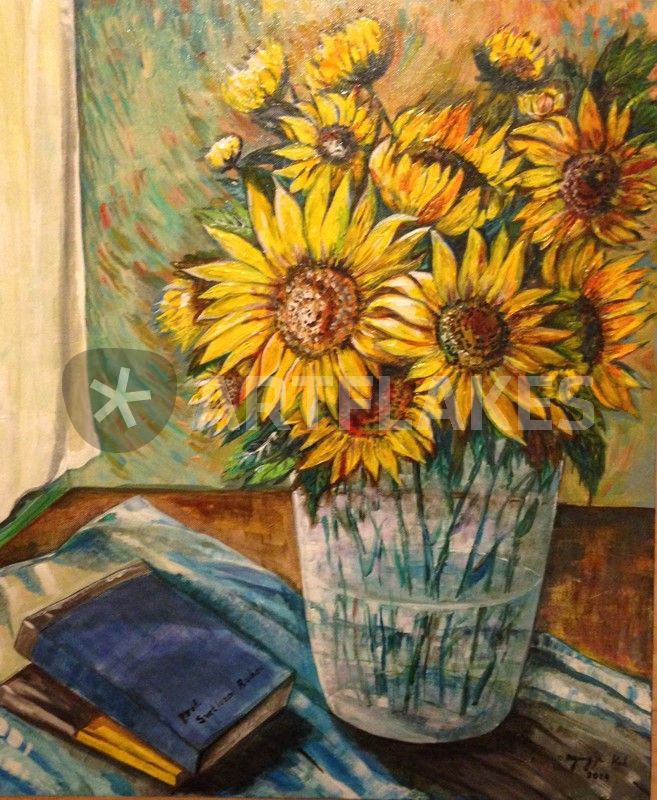
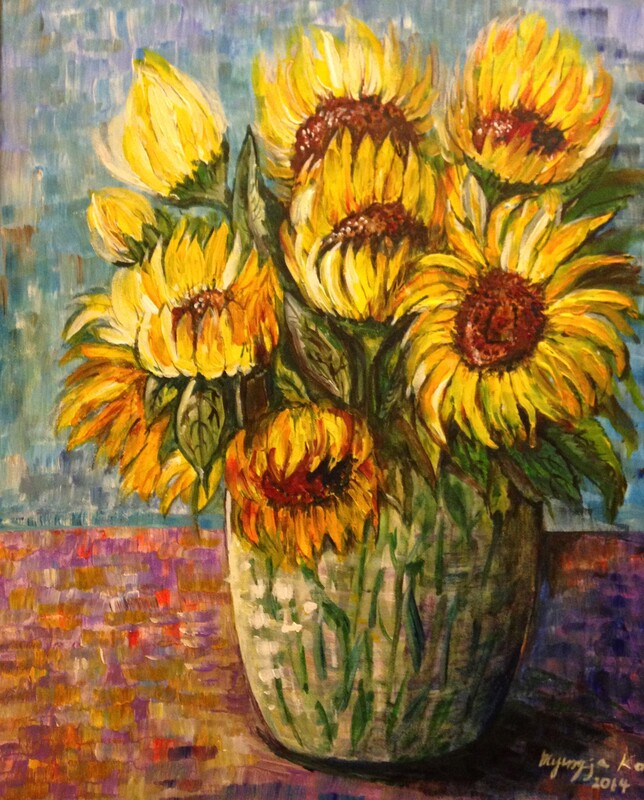
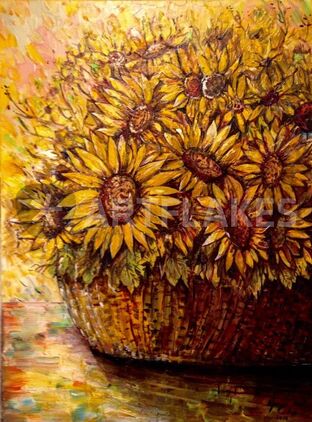

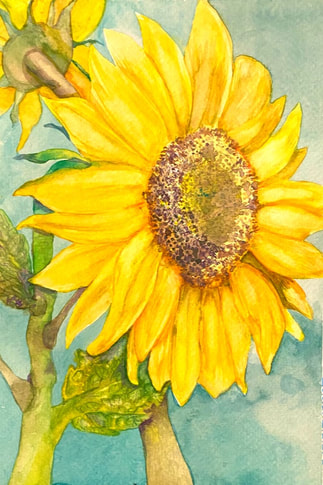
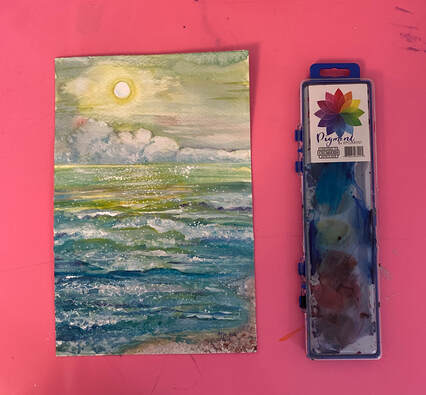
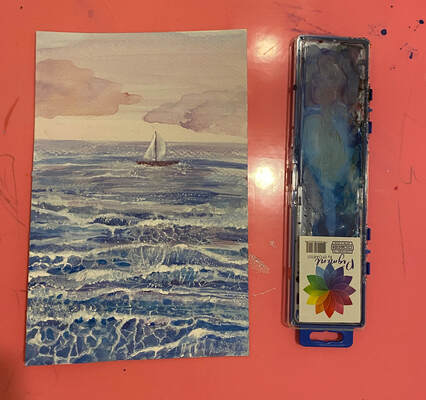
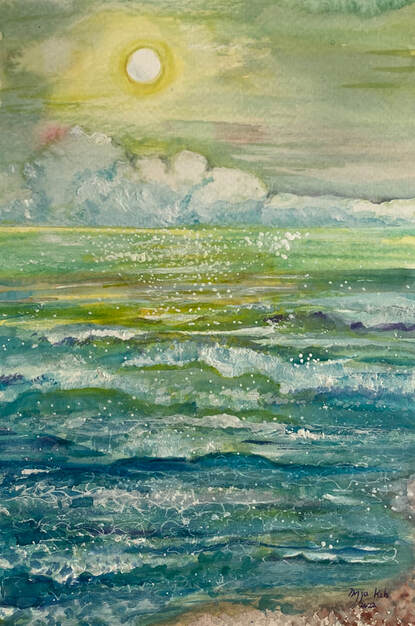
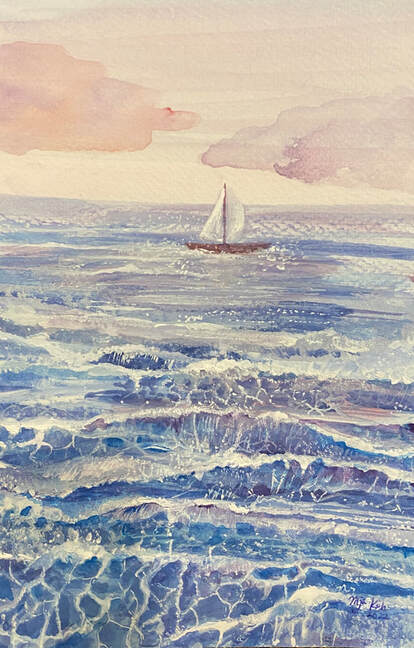
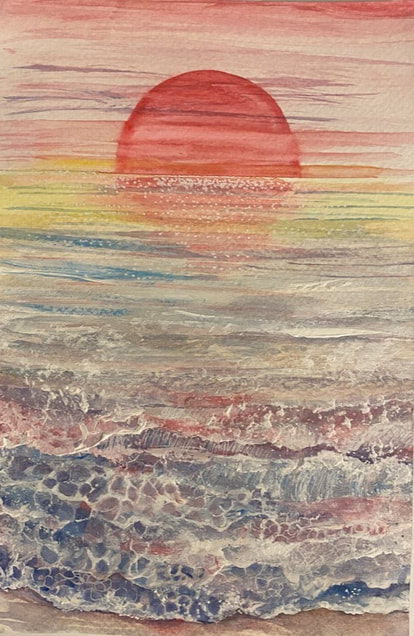
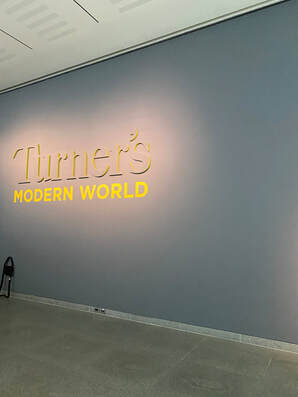

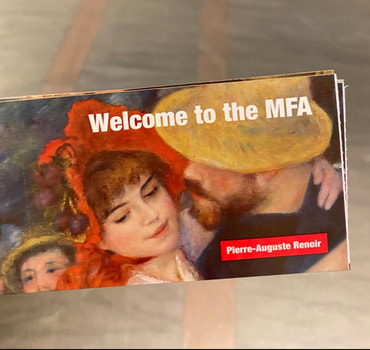
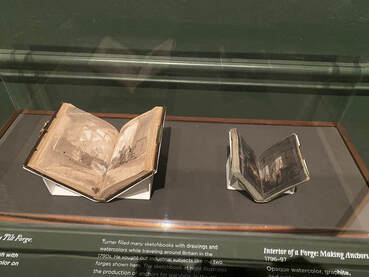
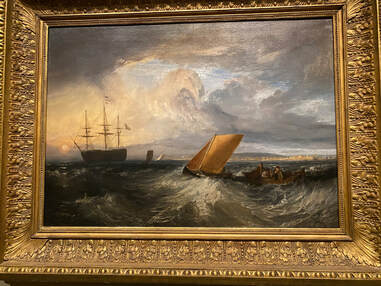
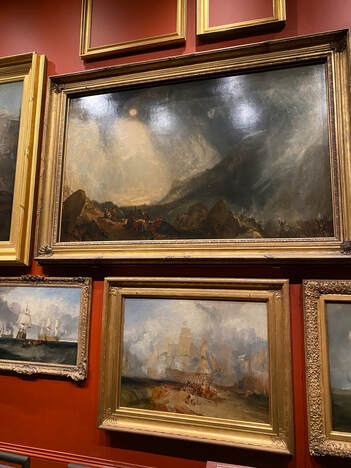
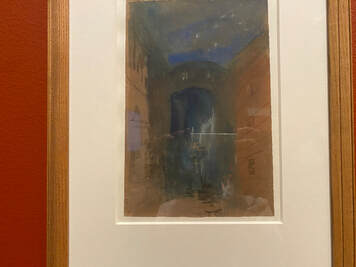
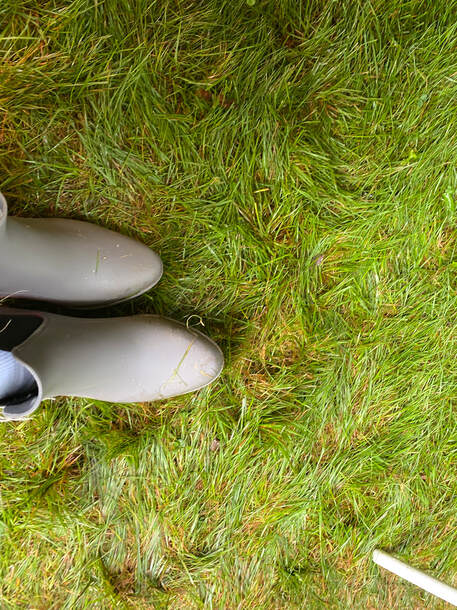
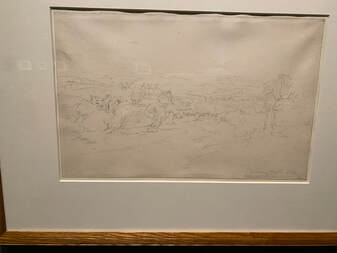
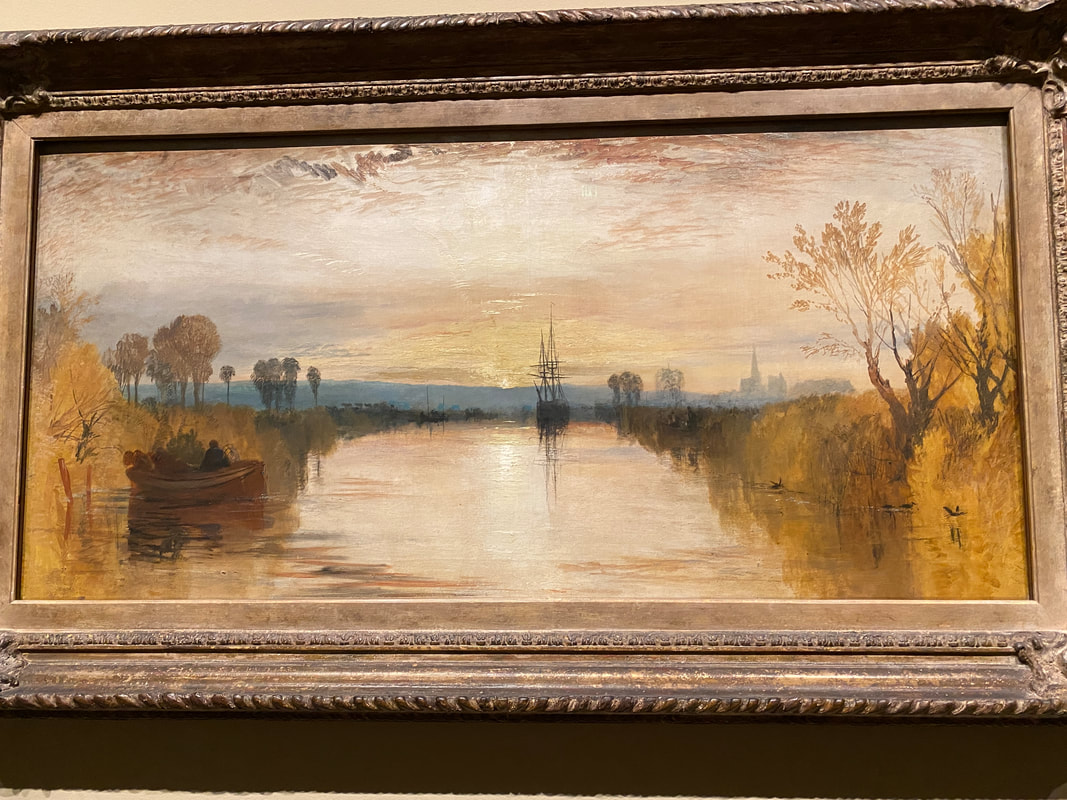
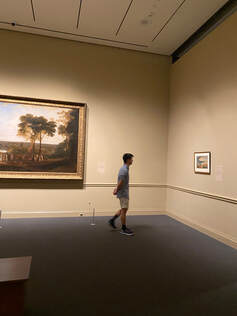
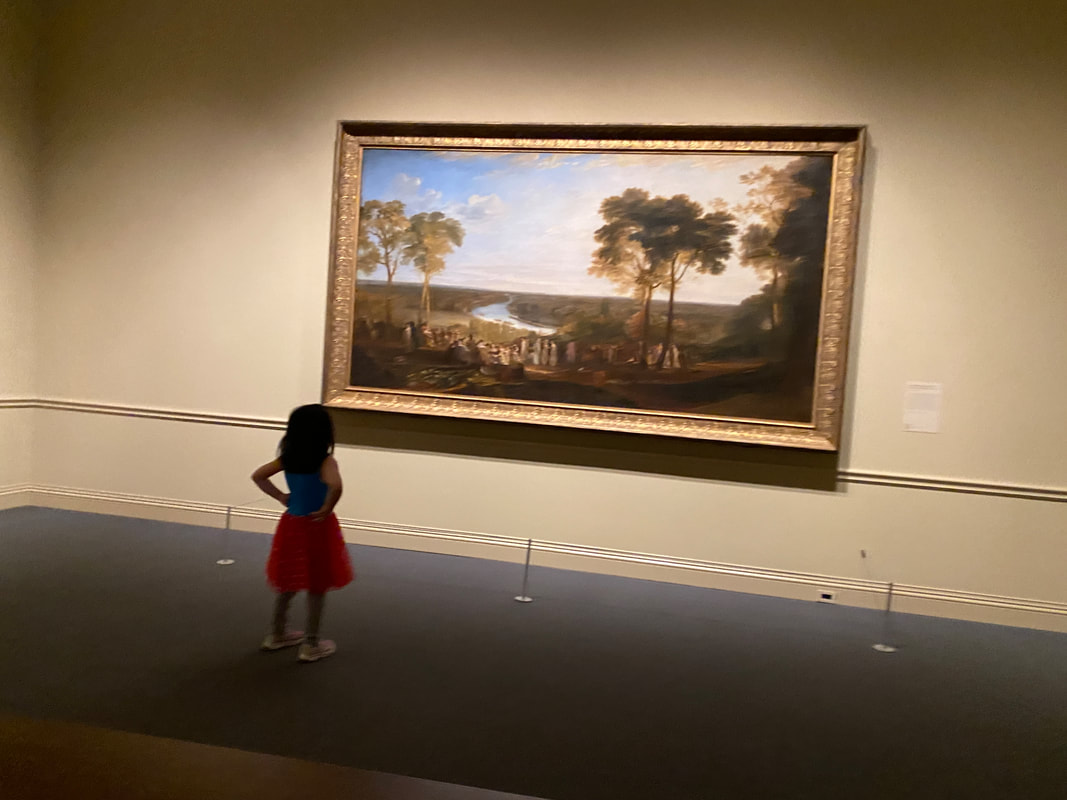
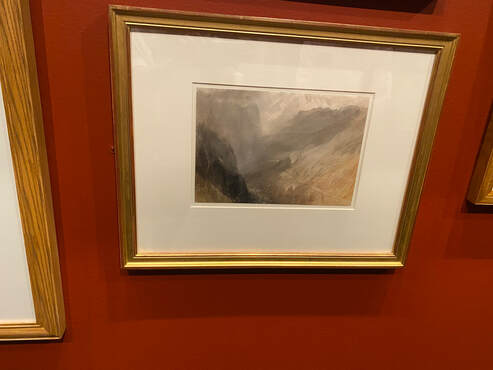
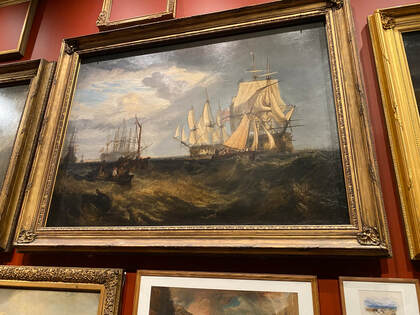
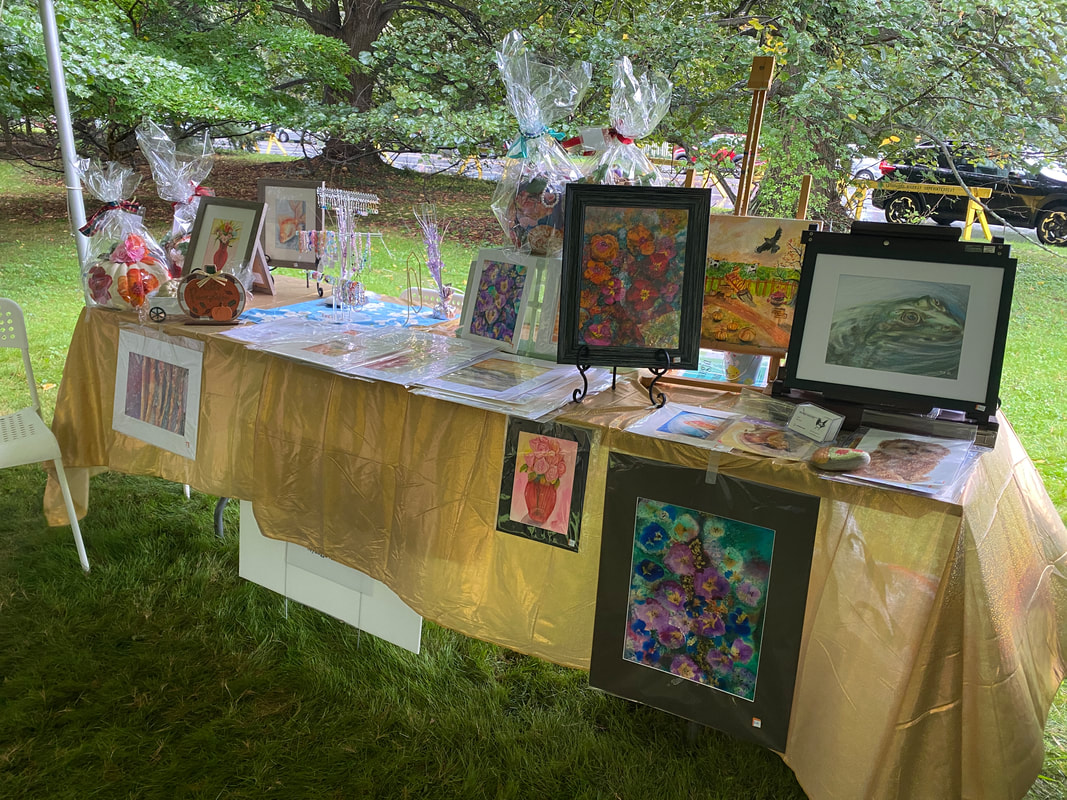
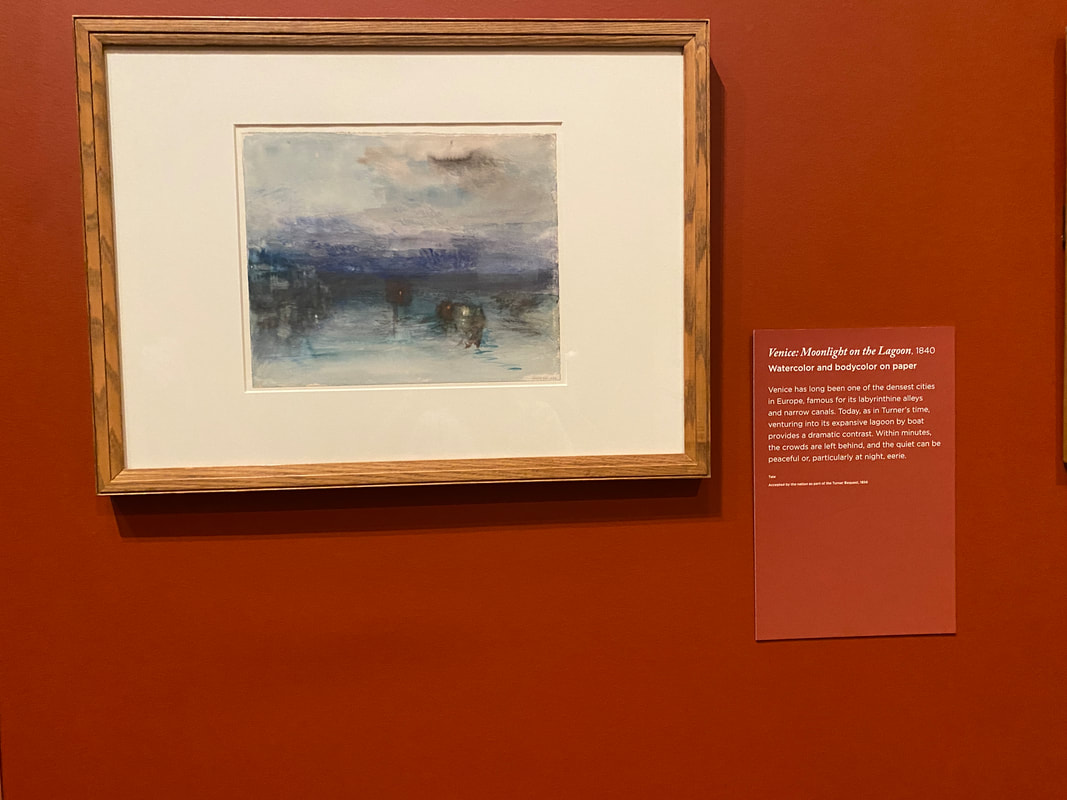
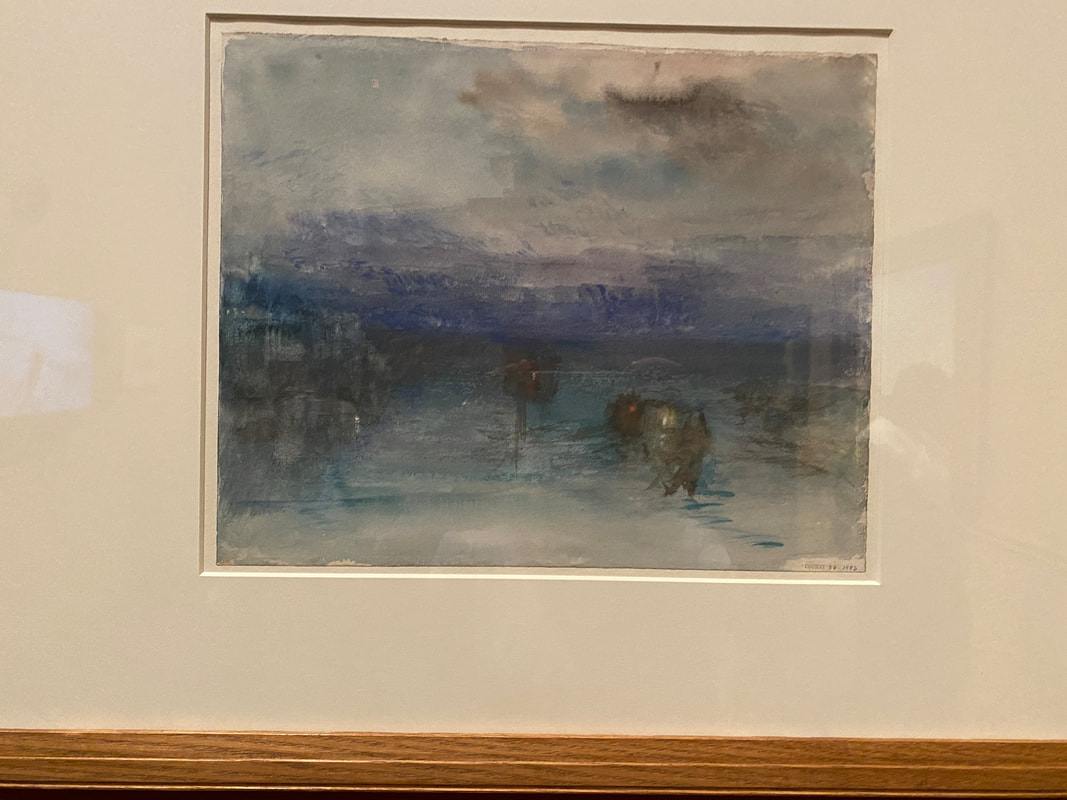
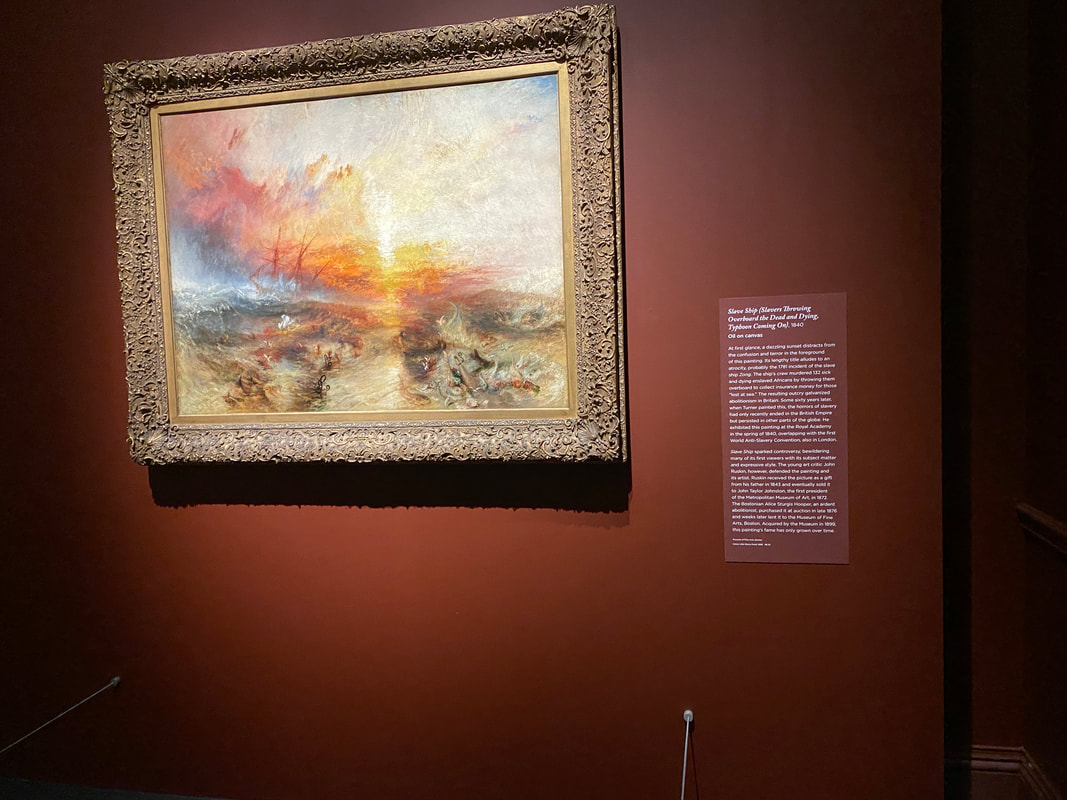
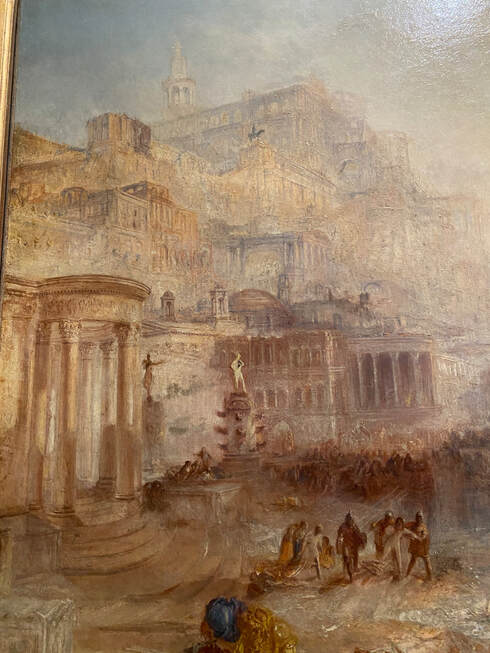
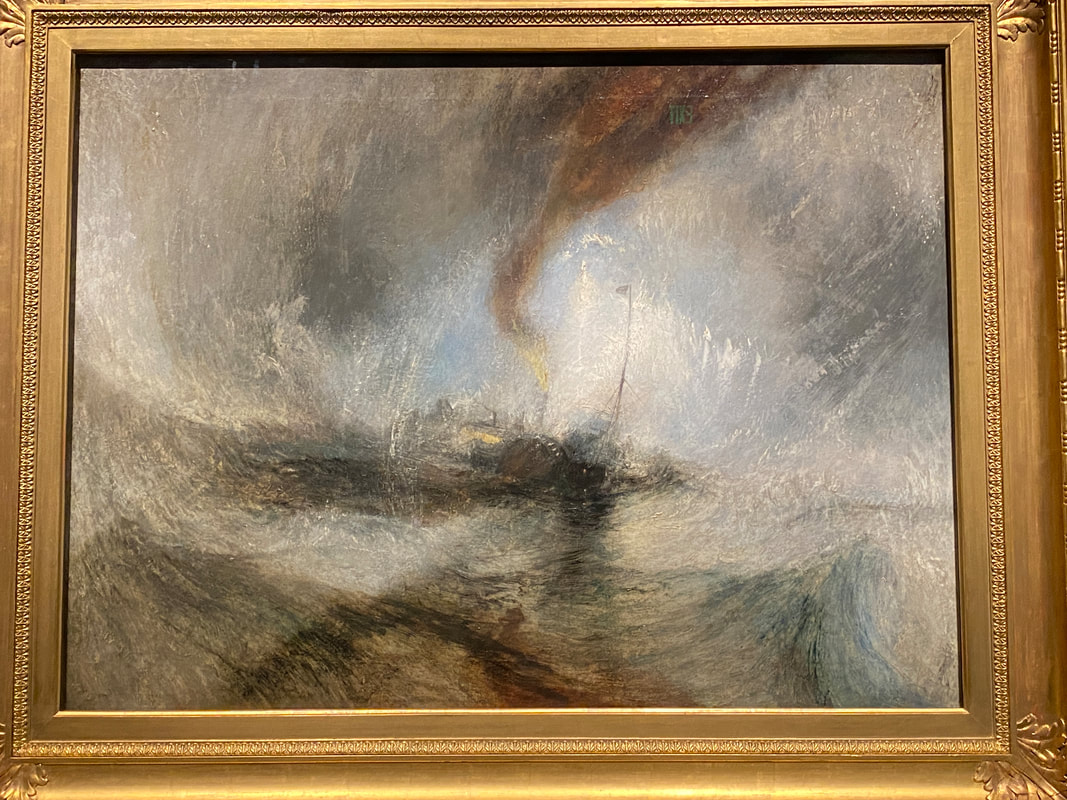
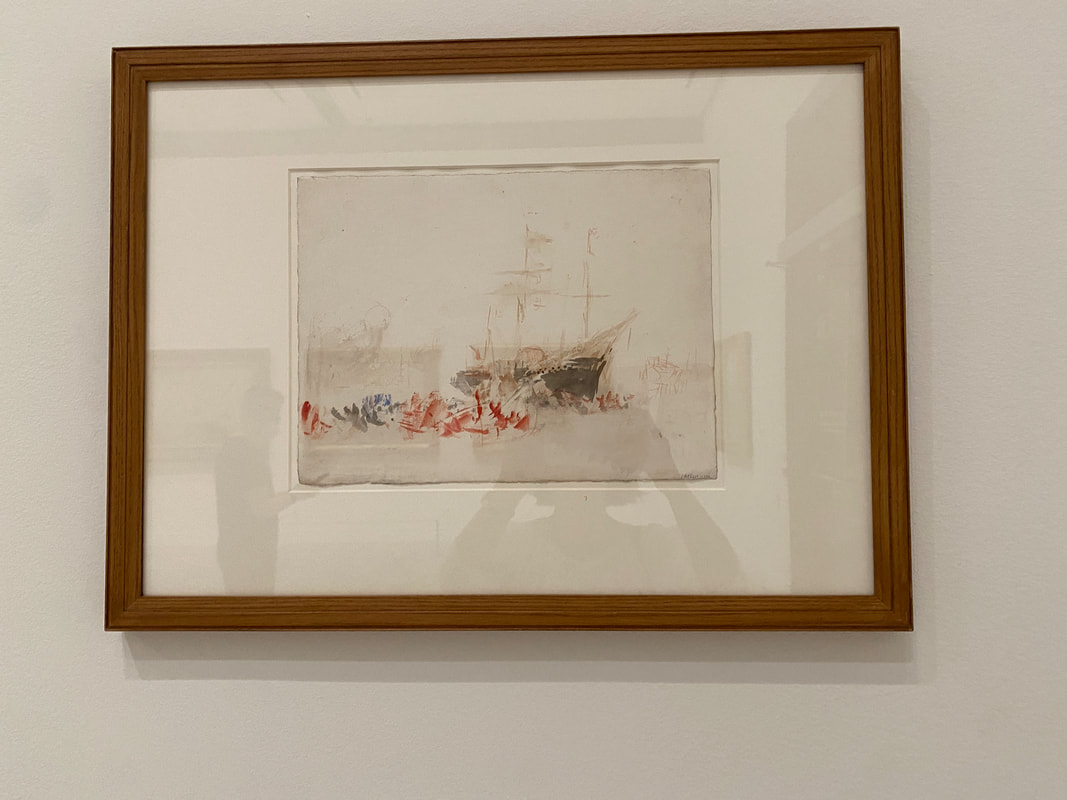
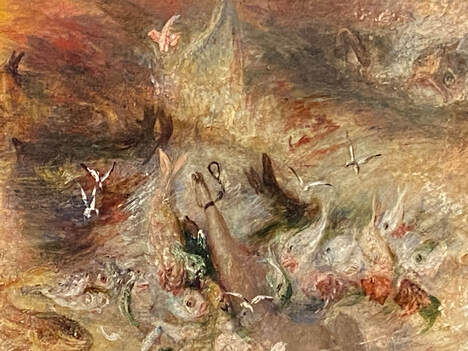
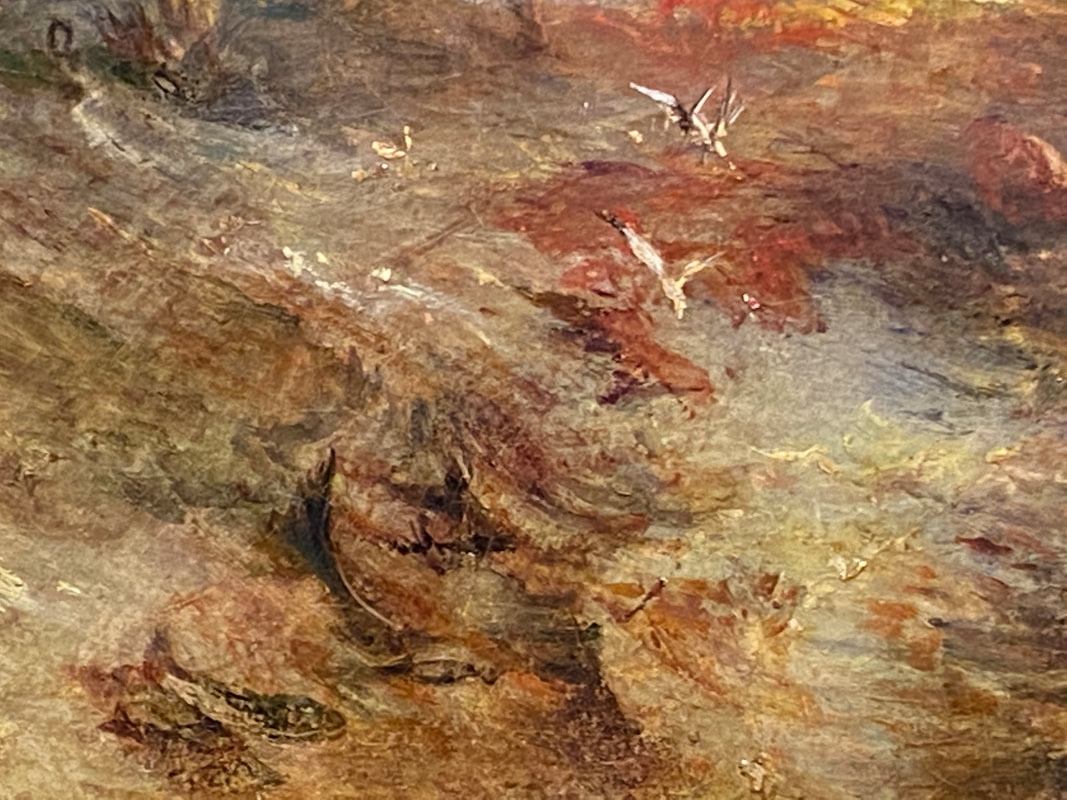
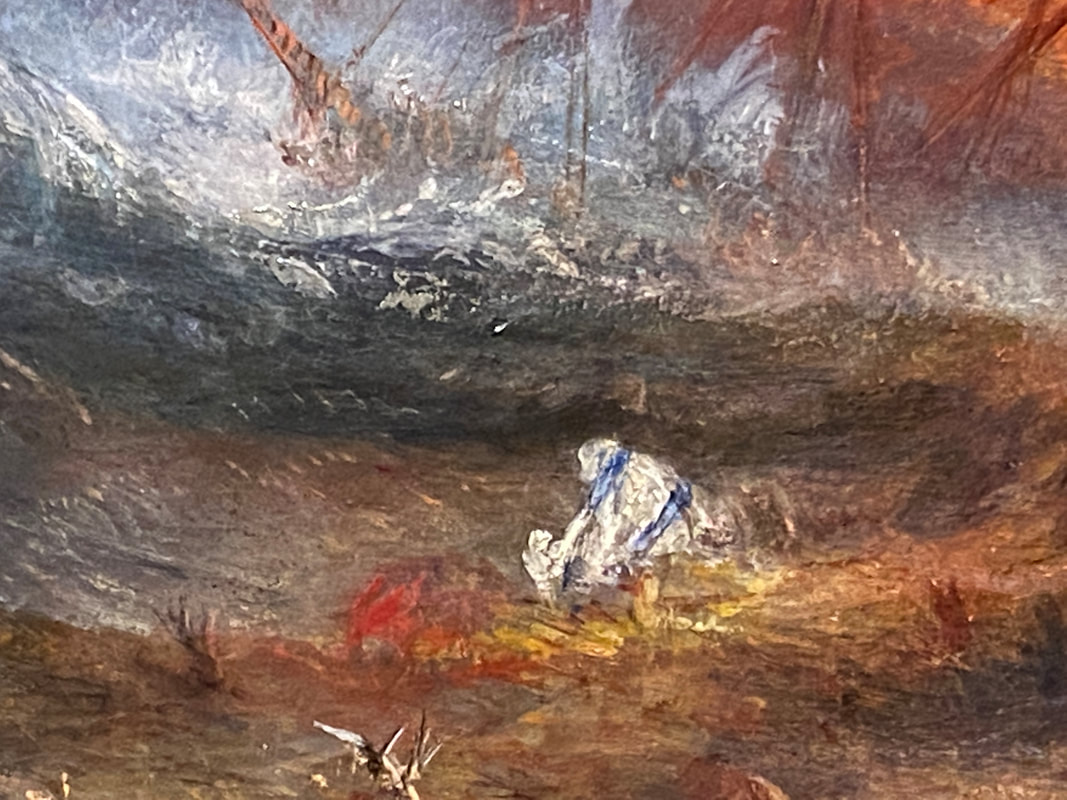
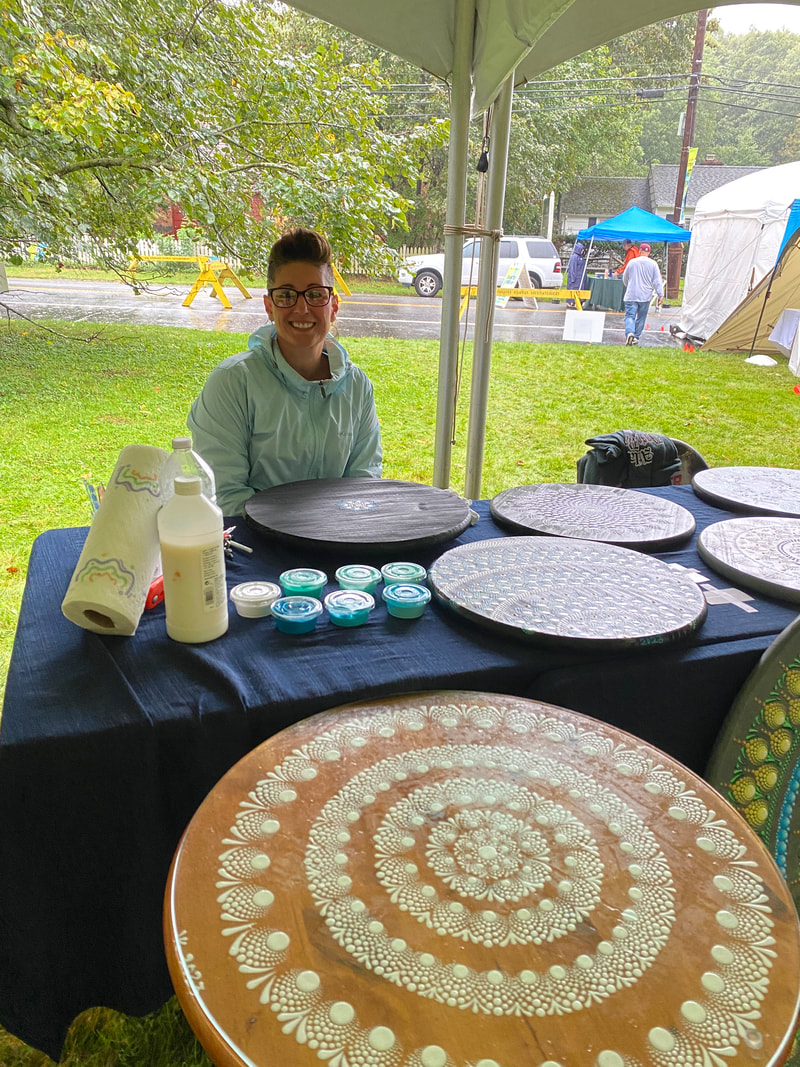
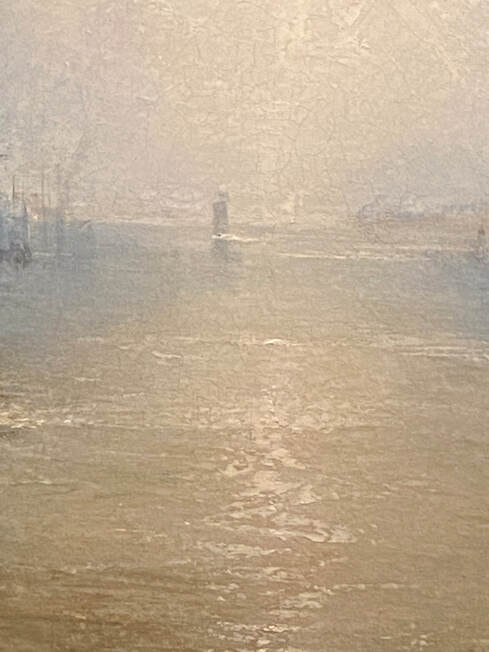
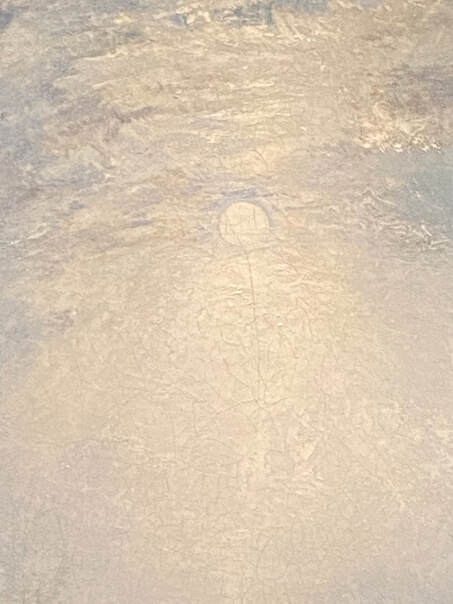
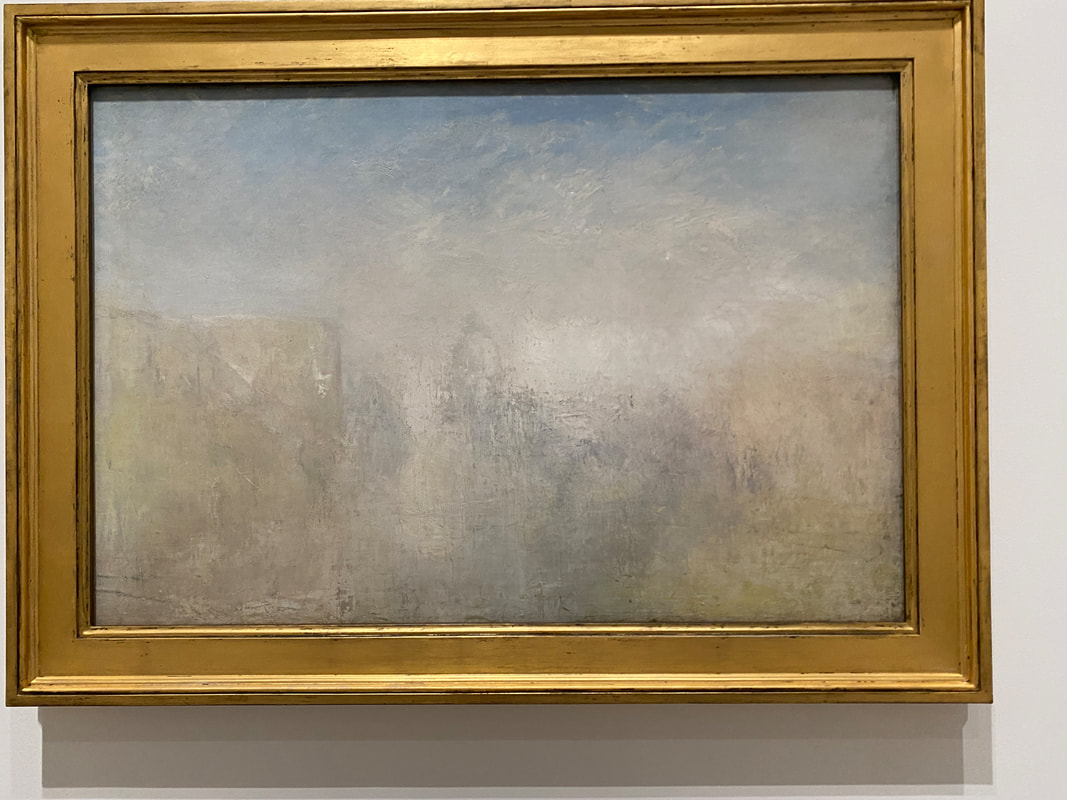
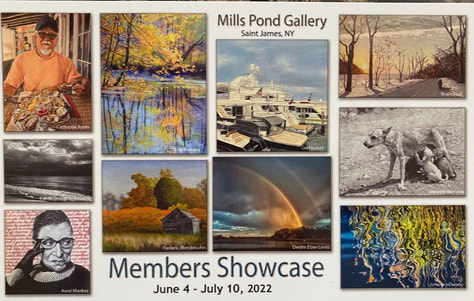
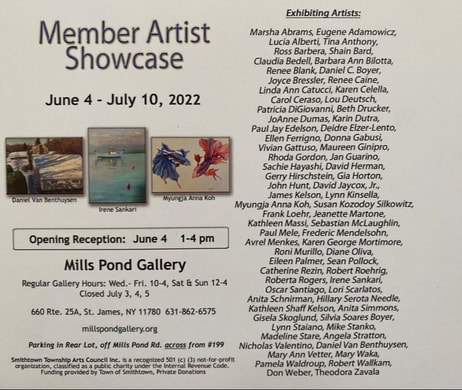
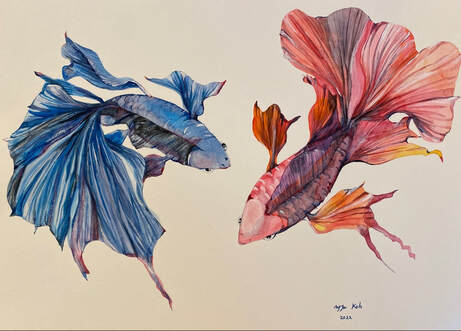
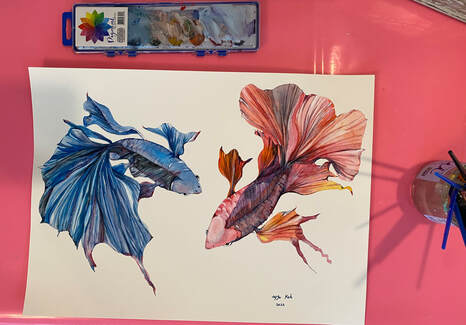
 RSS Feed
RSS Feed